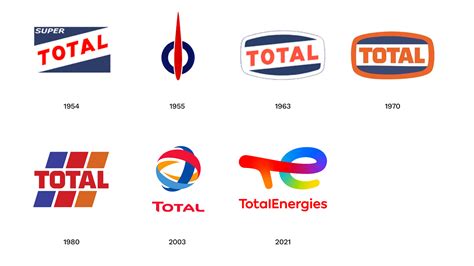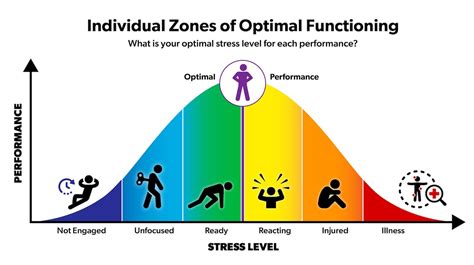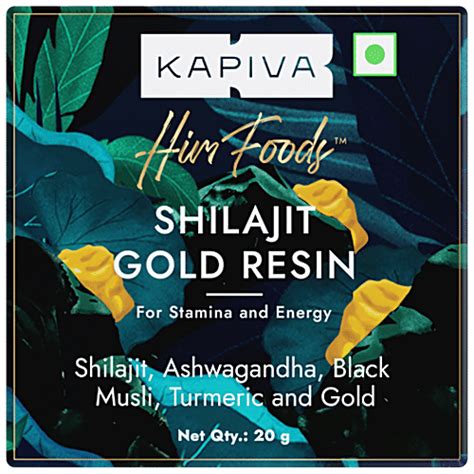Optimize muscle growth: What’s the ideal protein timing strategy?

Decoding Protein Timing for Maximum Gains
Protein is undeniably the cornerstone of muscle growth and repair. For decades, athletes and fitness enthusiasts have meticulously planned their protein intake around workouts, driven by the concept of a critical “anabolic window.” But how much does timing truly matter? Has modern science debunked or refined these long-held beliefs? Let’s dive into the current understanding of protein timing strategies to help you optimize your muscle-building efforts.

The Myth of the Narrow Anabolic Window
Historically, it was believed that there was a very narrow, 30-60 minute post-workout “anabolic window” during which consuming protein was absolutely essential to maximize muscle protein synthesis (MPS) and prevent muscle breakdown. This led to frantic post-gym protein shakes and meals, often consumed with a sense of urgency and fear of missing out on gains.
Early research, particularly studies using fasted subjects or those consuming very little protein throughout the day, seemed to support this idea. The logic was sound: exercise creates micro-tears in muscle fibers, and protein provides the amino acids needed for repair and growth. Therefore, immediate replenishment seemed critical.
Shifting Perspectives: Total Daily Protein Trumps Strict Timing
While consuming protein after a workout is still beneficial, the notion of a super-critical, hyper-narrow anabolic window has largely been re-evaluated by more recent and comprehensive research. The overwhelming consensus now points to total daily protein intake as the single most important factor for muscle growth.
Studies have shown that as long as you’re consuming adequate protein (generally 1.6-2.2 grams per kilogram of body weight) spread throughout the day, the exact timing around your workout becomes less critical, especially for non-fasted individuals who have had protein in the hours leading up to their training session. The “window” is not 30 minutes, but rather several hours before and after your workout.

Key Timing Considerations and Their Impact:
- Pre-Workout Protein: Consuming protein 1-3 hours before training provides a sustained release of amino acids into the bloodstream, which can blunt muscle protein breakdown during exercise and set the stage for repair.
- Post-Workout Protein: While not a frantic rush, a post-workout protein source (within 1-3 hours) is still highly advisable. It delivers amino acids when your muscles are primed for uptake and repair, enhancing MPS.
- Spreading Protein Intake: Aim to distribute your total daily protein across 3-5 meals, with each meal providing 20-40 grams of high-quality protein. This ensures a consistent supply of amino acids to support MPS throughout the day.
- Pre-Sleep Protein: Consuming a slow-digesting protein like casein before bed can be beneficial. It provides a steady stream of amino acids throughout the night, potentially reducing muscle protein breakdown during prolonged fasting and aiding overnight recovery and growth.

The Role of Training Status and Individual Factors
The importance of precise protein timing can also vary based on several factors:
- Training Status: Highly trained athletes, especially those engaged in multiple daily sessions or prolonged endurance events, might benefit more from strategic peri-workout nutrition than a recreational lifter.
- Fasted Training: If you train in a fasted state, consuming protein immediately post-workout becomes more important to kickstart recovery and prevent excessive muscle breakdown.
- Age: Older adults often experience “anabolic resistance,” meaning they require higher protein doses to stimulate MPS effectively. Spreading intake and ensuring post-workout protein can be particularly beneficial for this demographic.
- Calorie Deficit: During a cutting phase, when calories are restricted, maintaining adequate protein intake and potentially being more mindful of timing can help preserve lean muscle mass.

Practical Recommendations for Optimal Protein Timing
So, what’s the ideal strategy? Here’s a summary of actionable advice:
- Prioritize Total Daily Protein: First and foremost, hit your daily protein target (1.6-2.2 g/kg body weight) consistently. This is the foundation of muscle growth.
- Distribute Evenly: Spread your protein intake across 3-5 meals throughout the day, aiming for 20-40 grams per serving.
- Embrace Peri-Workout Nutrition: Consume a protein-rich meal 1-3 hours before your workout. Follow up with another dose of protein within 1-3 hours post-training.
- Consider Pre-Sleep Protein: If possible, incorporate a slow-digesting protein like casein before bed, especially if you’re aiming for maximal gains or in a calorie deficit.
- Don’t Stress the Exact Minute: While strategic timing offers marginal benefits, don’t let it cause anxiety. Life happens. If you miss your exact window, ensure your overall daily intake is met.

Conclusion
The science of protein timing has evolved beyond the rigid “anabolic window.” While the immediate post-workout period is still an opportune time for protein, its critical importance is overshadowed by the necessity of consistent, adequate total daily protein intake. By prioritizing your overall protein goal and strategically distributing it across your meals, including before and after workouts and potentially before sleep, you’ll create an optimal environment for muscle growth and recovery. Focus on consistency and quality over obsession with exact minutes.







